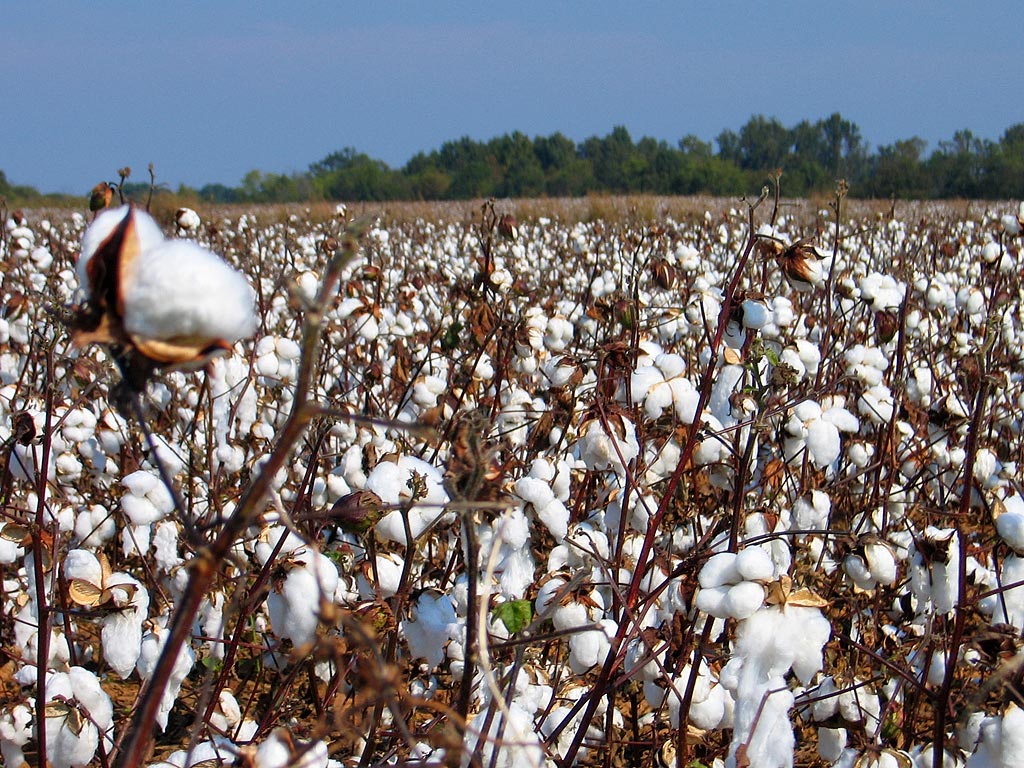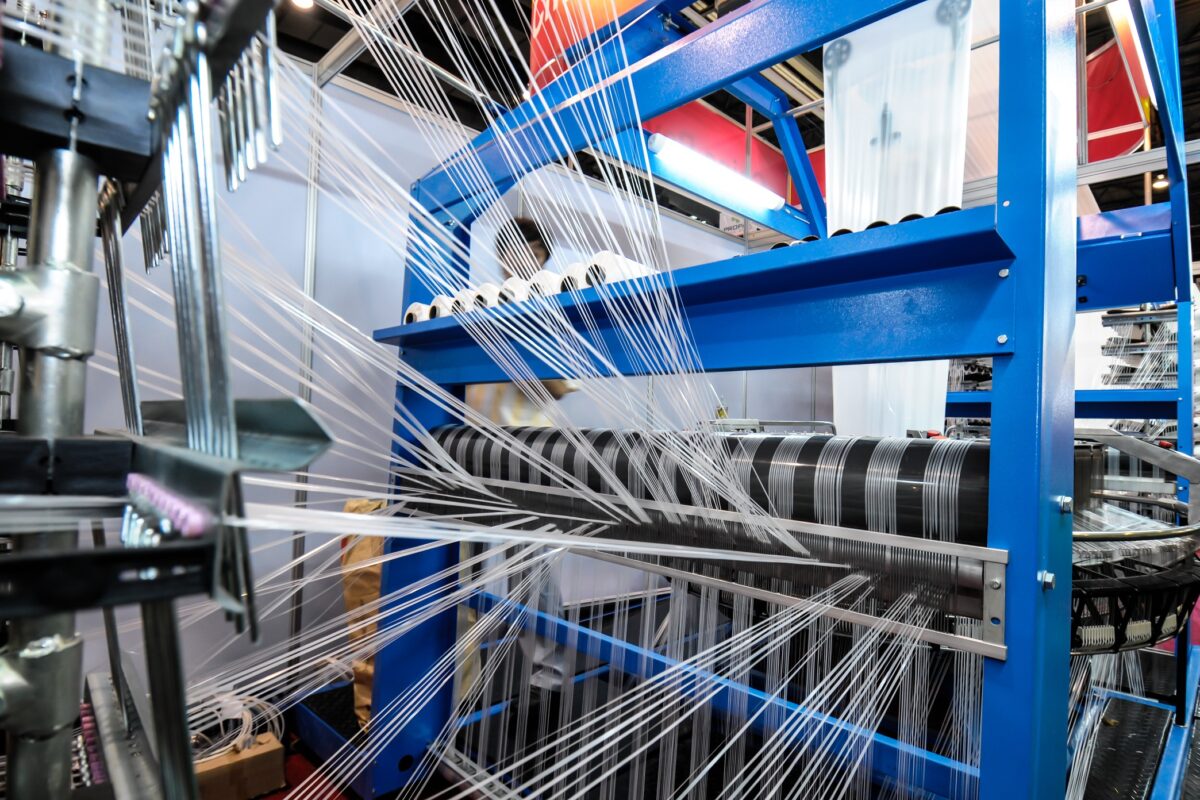 The mood at Intertextile Shanghai Apparel Fabrics-Spring Edition 2014 that took place from March 3 to 5, 2014 was rather low. Reason: the Chinese government’s new cotton policy. As Sanjay Jain, Managing Director, T T Limited explains, “The Chinese currency depreciated by one and a half per cent over the last month. They want the government to reduce state prices. So the mood in China is bearish, for imports. They want to wait and watch.”
The mood at Intertextile Shanghai Apparel Fabrics-Spring Edition 2014 that took place from March 3 to 5, 2014 was rather low. Reason: the Chinese government’s new cotton policy. As Sanjay Jain, Managing Director, T T Limited explains, “The Chinese currency depreciated by one and a half per cent over the last month. They want the government to reduce state prices. So the mood in China is bearish, for imports. They want to wait and watch.”
And as Prem Malik, Chairman, Confederation of Indian Textile Industry said, the mood was subdued even at the yarn expo. Malik said, “The Chinese government is on the verge of changing its cotton policy. They plan to sell their stocks and reduce prices further. The difference between the production cost of India and China will reduce. To that extent, it will impact the cotton yarn business in China.”
Talking about the impact of China’s new cotton policy on India, Ujswal R Lahoti, Vice  Chairman of Texprocil says, “China is sitting on huge stocks. If they liquidate it gradually, there won’t be any effect. Otherwise the market will get a jolt because at the moment India has a major stake in China.”
Chairman of Texprocil says, “China is sitting on huge stocks. If they liquidate it gradually, there won’t be any effect. Otherwise the market will get a jolt because at the moment India has a major stake in China.”
While the global crop of cotton is stable, China’s crop is expected to fall next year but China holds a big stock, so it won’t impact overall supply. Talking about cotton supply in India, Jain says, “People have started having doubts about cotton crop because arrivals have been slow. I feel we will have an all time high production. It’s just that farmers and traders are holding on to stocks in anticipation of higher prices. However, next year will depend on rains.”
On the Indian perspective Malik says, “Overdependence on any one country is not wise. India has always been selling to the entire world. So we need to keep this diversification alive. We should be aggressive in marketing and take away the share of competitors in the yarn business. On cotton quality, service and value based business we have an edge over Pakistan.”
Lahoti pointed out that India had bigger quantity of cotton compared to last year. “We expect exports to be lower than last year. There will be a big surplus. Indian industry should to get some benefit out of it in terms of better prices.”












